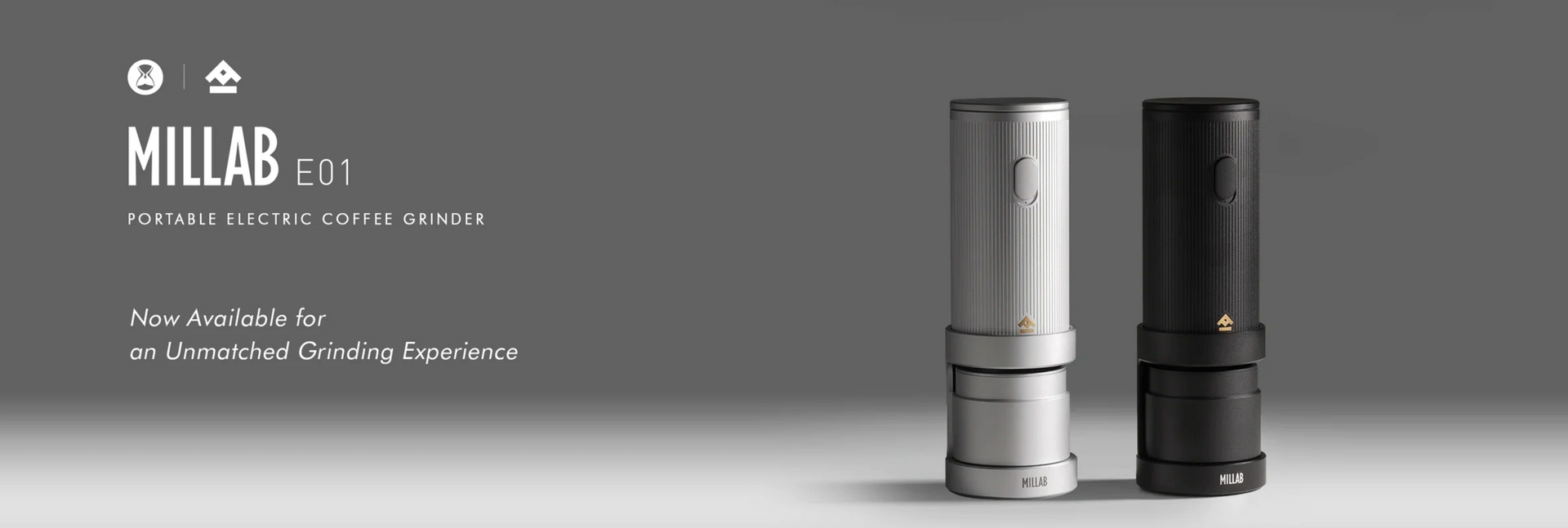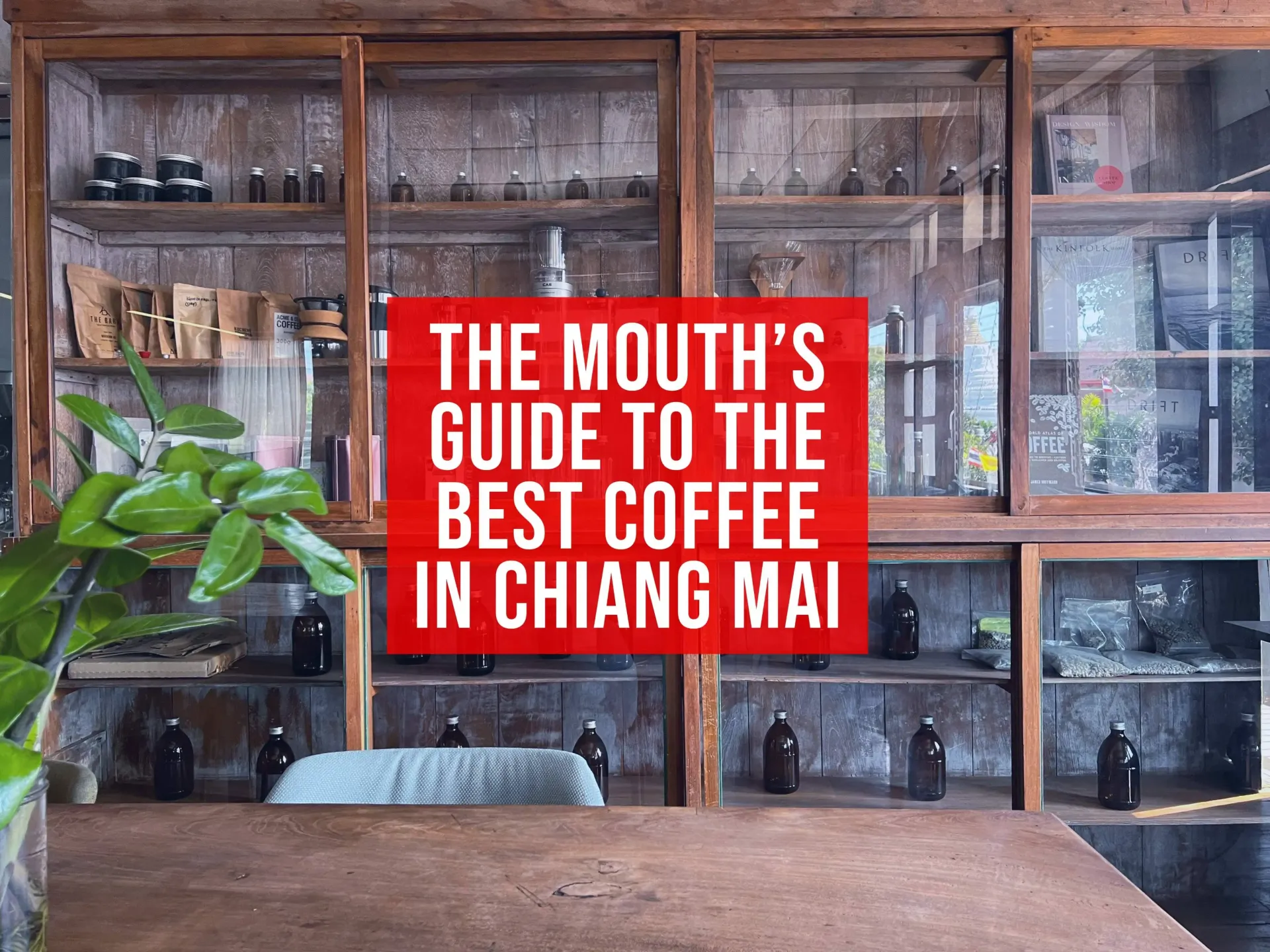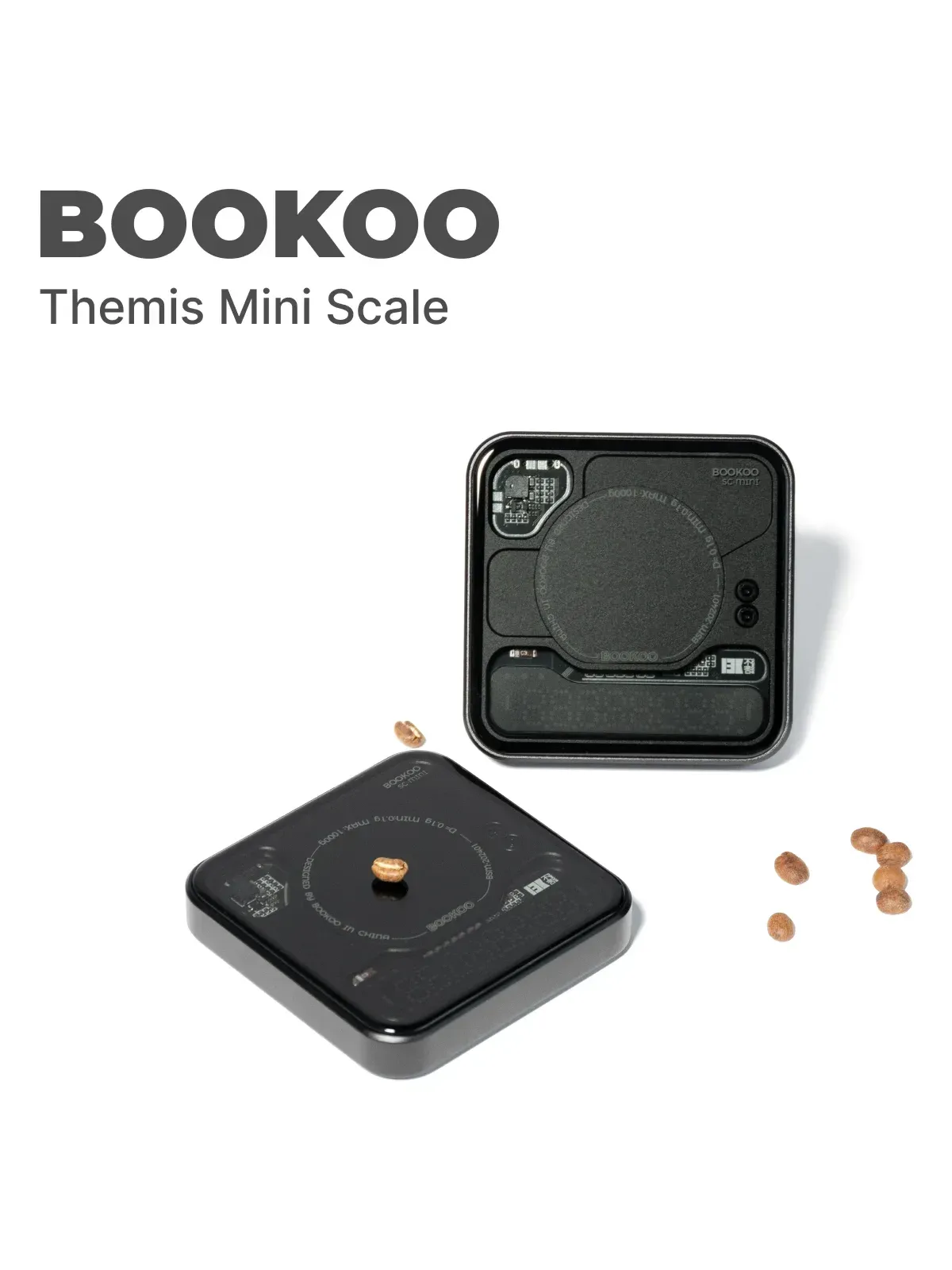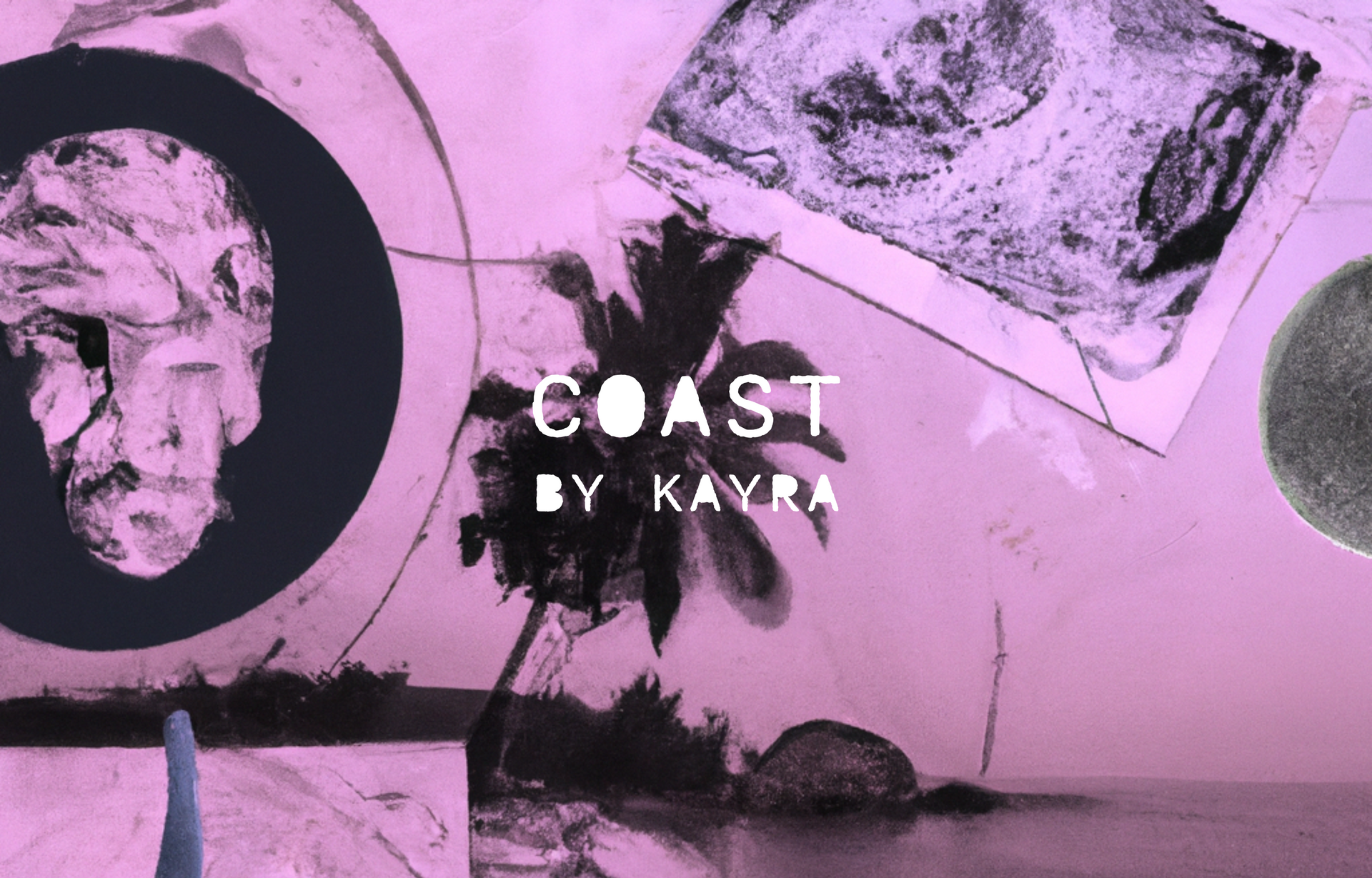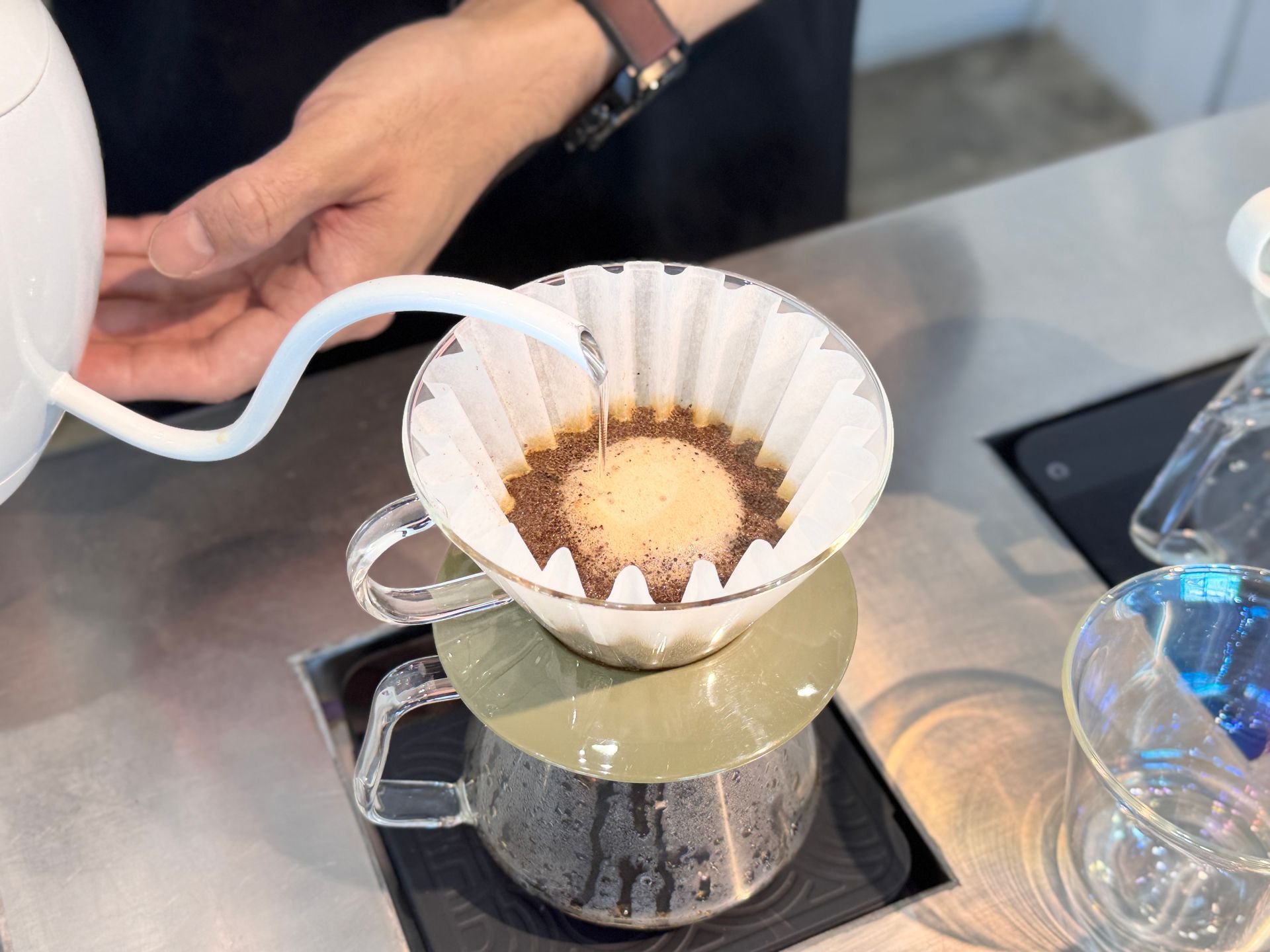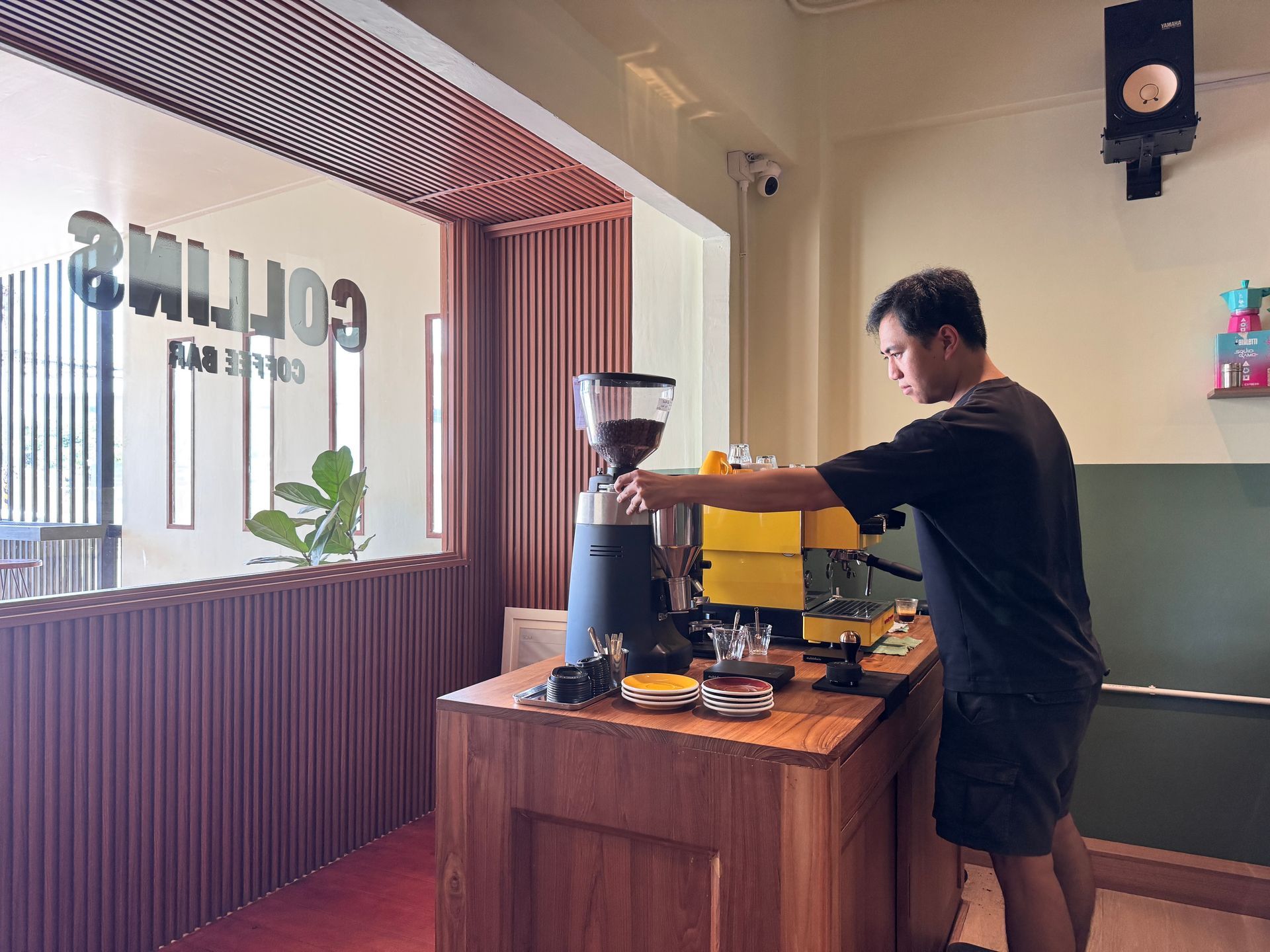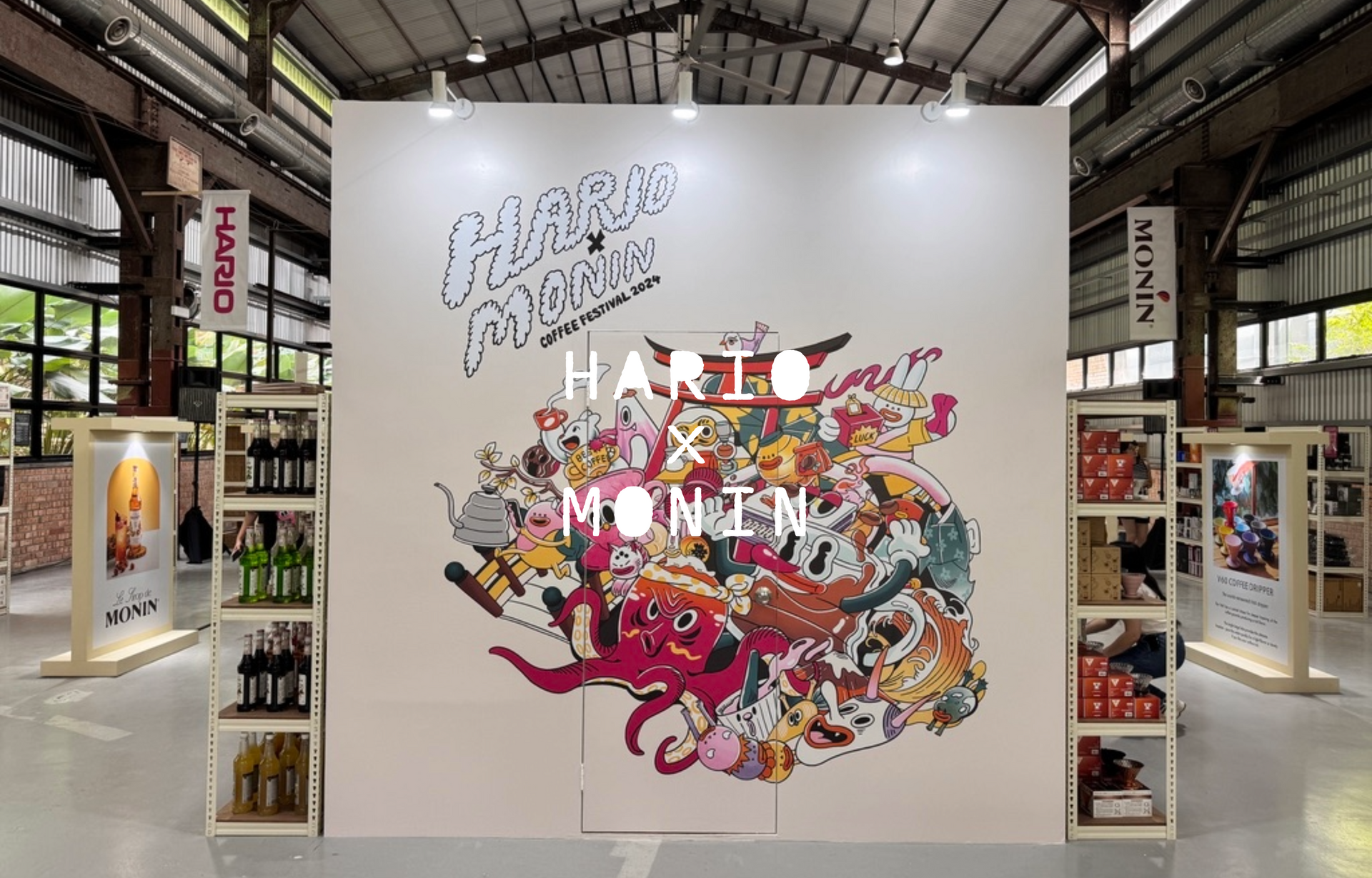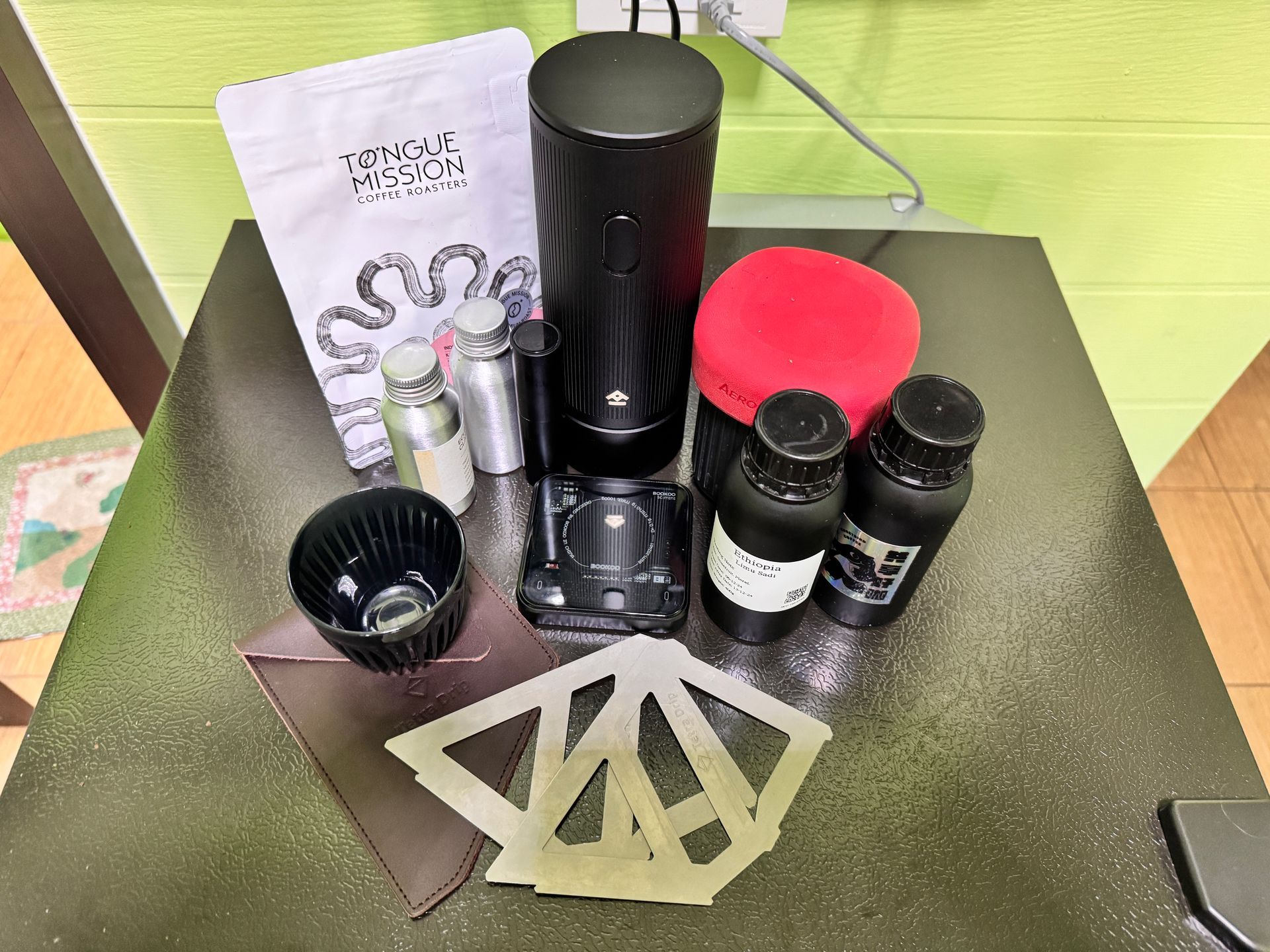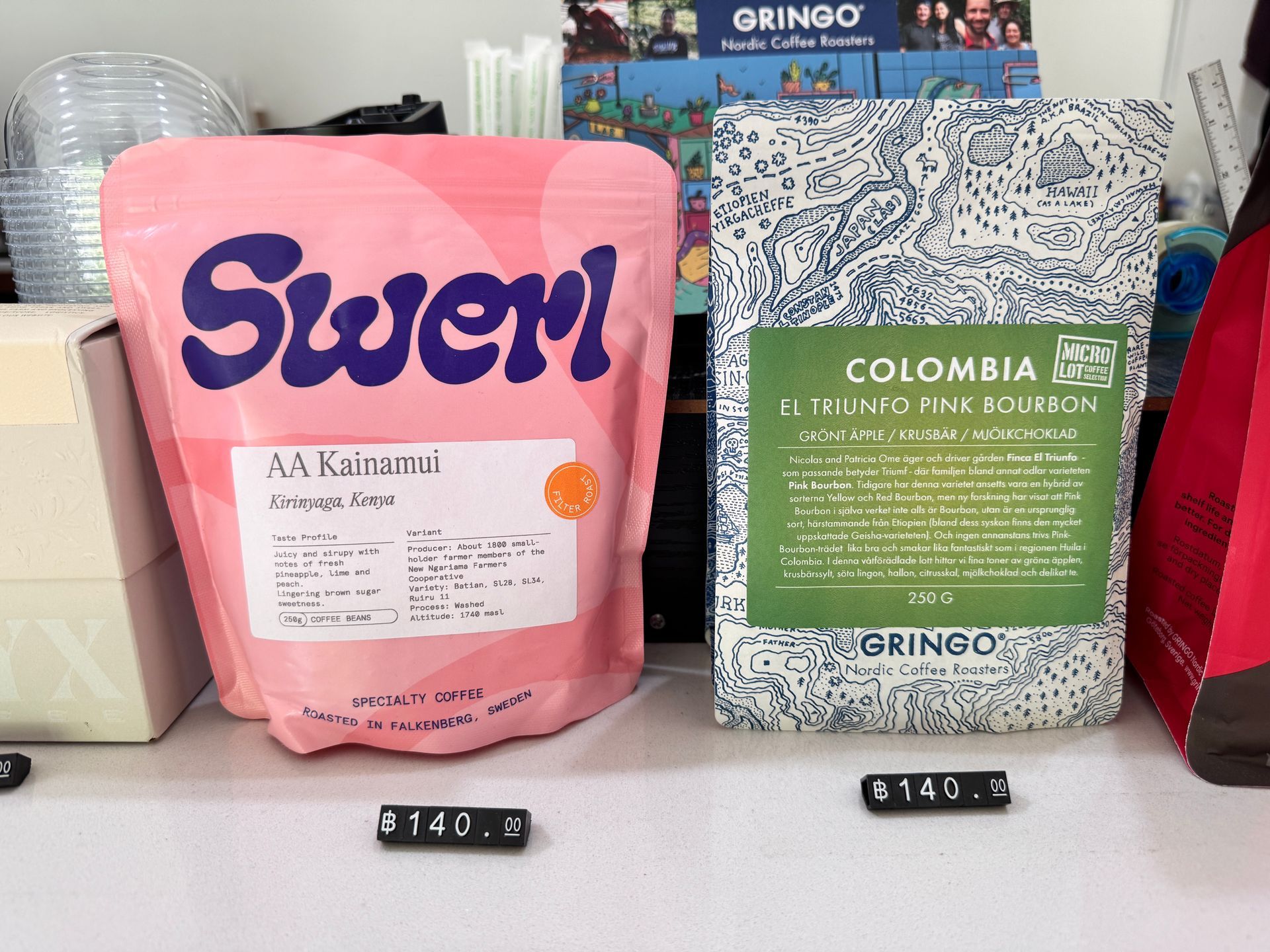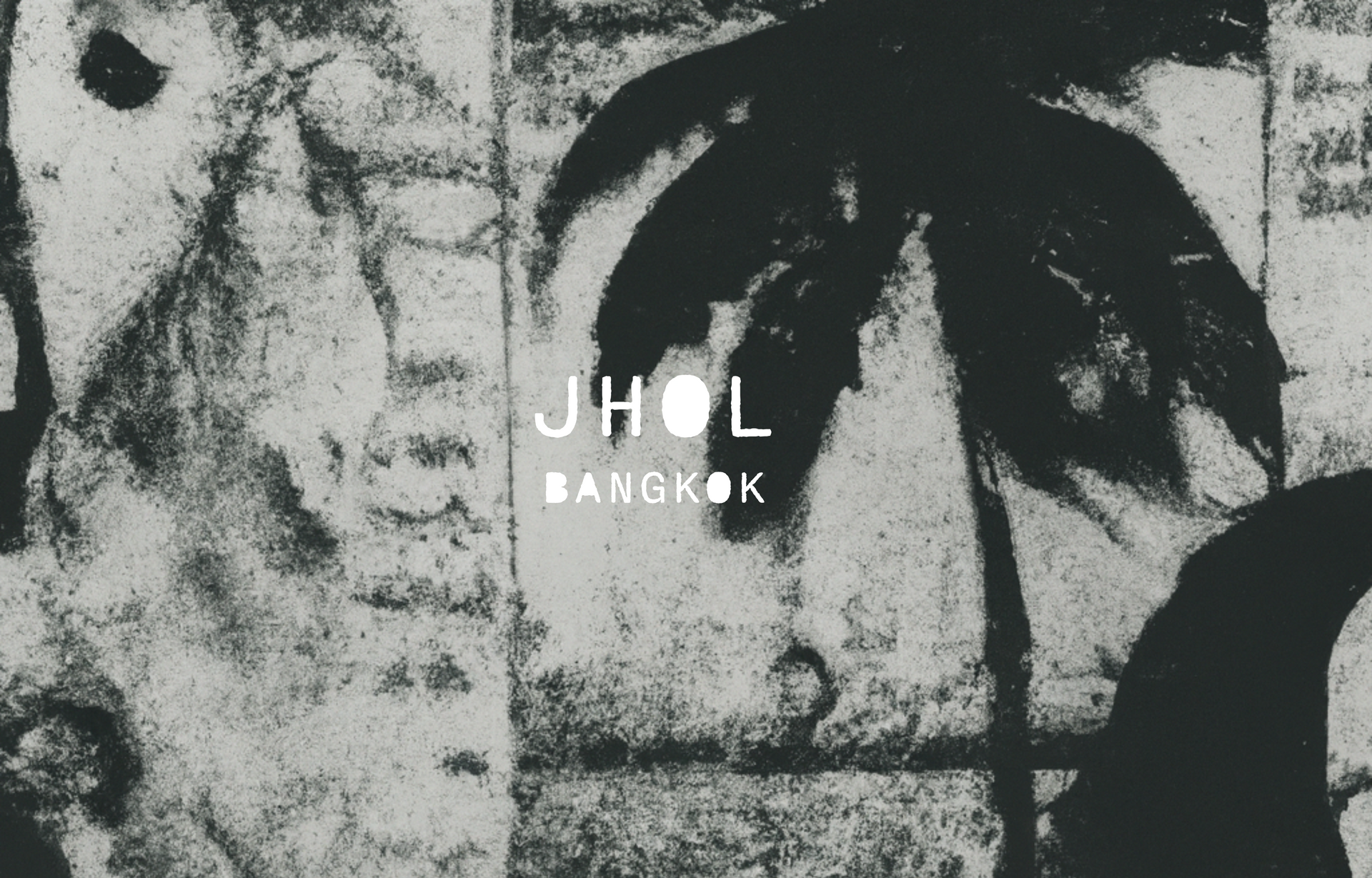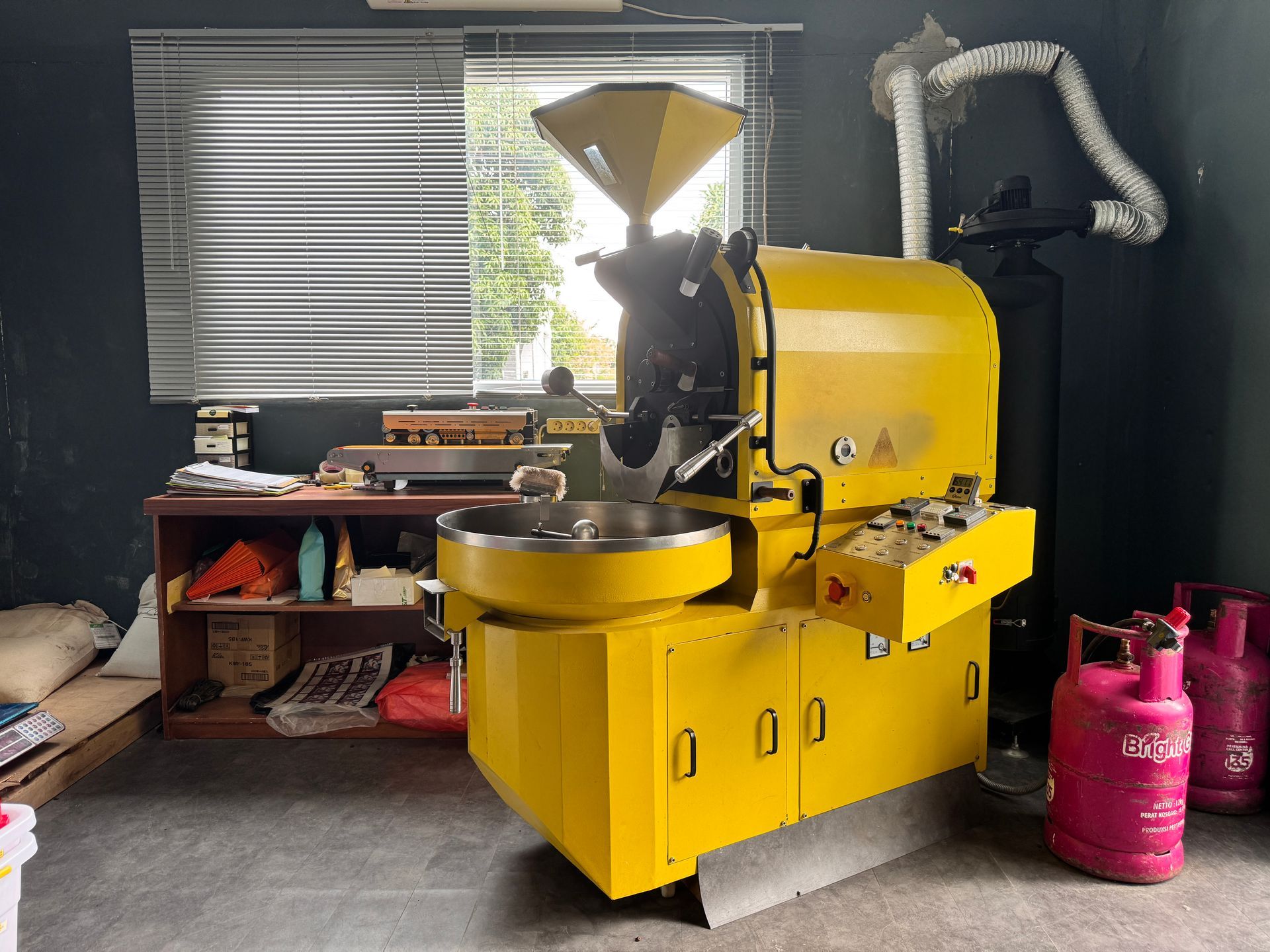AN INTERVIEW WITH THE COFFEE CHRONICLER
ASSER CHRISTENSEN TALKS TO THE MOUTH
Born and raised in Denmark, Christensen's plan was not to become one of the internet’s oracles of caffeine related wisdom. His educational pursuit took him through philosophy and journalism, which helps to explain his deep curiosity for the culture and ritual of coffee. Somewhere between exam papers and reports he fell hard for the allure of the darkened path, and began exploring coffee in all its glory.
The Coffee Chronicler was launched in 2016, a blog that’s become a go-to for coffee nerds and curious sippers. His writing is approachable but instructive, skillfully combining practical tips with nerd-level explanations of different burrs impact on clarity and sweetness. His honest approach leaves the reader comfortable in knowing the products he reviews are not shills for a larger company, but come from the heart and are the process of long laborious tests to find what he truly thinks is the best option, even if that sometimes is the cheaper option.
Assers laid-back style reassures newcomers that coffee isn't perhaps the perplexing spiderweb that it can seem like from the outside, or if it is then he gives you gentle steps to opening your eyes to the bigger picture.
You can dip your toes in just as deep as you want to, in the end it's all personal preference, but there is something to admire and learn from the few who have dedicated their life to deconstructing the humble coffee bean.
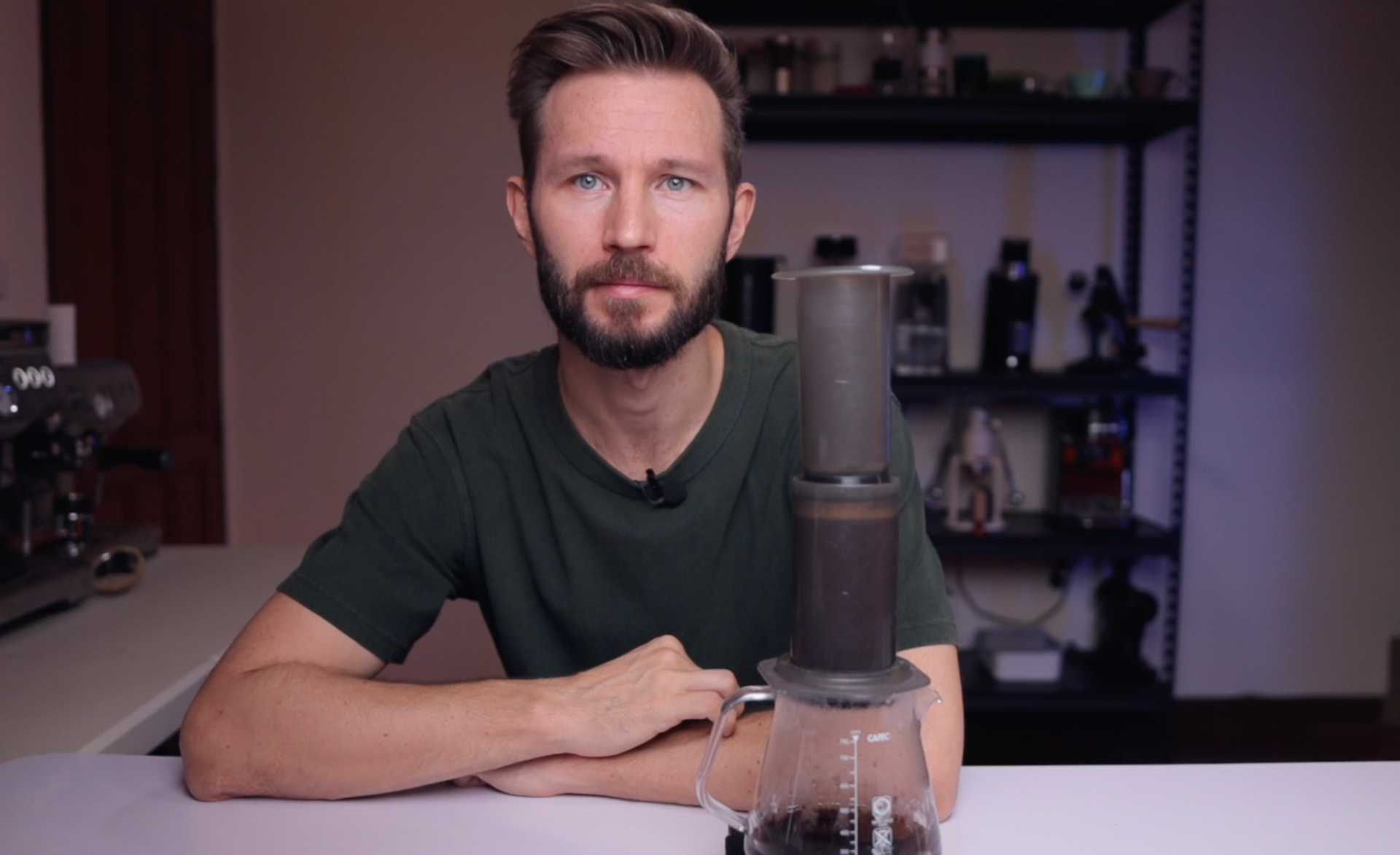
For those who might not be familiar with you and your channel, could you introduce yourself and share a bit about your background in coffee?
I am a coffee geek and journalist who initially started a small blog about coffee as a side project, while I was covering startups and business for a Danish magazine as my full-time gig. I never worked in a coffee shop, but just always liked to brew and roast coffee at home. Over time, it took on a life of its own, and now I’m more of a YouTuber and coffee gear reviewer rather than a journalist. Some might even call me an influencer or KOL, though I don’t really create flashy reels or am any good at social media.
These days, my focus is on bridging the gap between the sometimes complex and intimidating world of specialty coffee and making coffee quality accessible and understandable for everyday people.
As a hobbyist rather than career barista, I try to see coffee from a home-brewer's perspective. Specialty coffee can be a bit cult-like, but I respect both groups: those who just want a clean, 83-points washed coffee are just as necessary to the ecosystem as those who seek complex flavor notes from the hippest roasters. Both perspectives deserve space in the conversation, and it’s more fun if it’s the same place.
Many coffee YouTube channels dive deep into the technical aspects, which can feel overwhelming for newcomers, how would you suggest beginners make better coffee at home or while traveling? Are there any simple yet effective tips you’d recommend?
Water makes up 98.5% of your cup, so it's crucial but unfortunately also rather complex. For beginners, I recommend starting with very soft water - if you have a TDS meter, aim for 40-60 ppm. This alone can transform your coffee's taste. Most tap water isn't ideal for coffee, being either too hard or containing minerals that negatively impact extraction. I'm actually developing a course to make water choices simpler, since this topic can get overwhelming quickly. The best place to start is with bottled water brands known for being soft.
It’s a bit boring, because everyone mentions this, but the grinder is so crucial. Luckily, we're in a golden age of coffee equipment - quality grinders are more accessible than ever. Something affordable like the 1Zpresso Q2 or Timemore C2 will give pretty good results. While spending $100-$200 on a grinder might seem like a big investment for beginners, it's truly worth it.
Once you have those basics dialed in, I'd suggest getting a Hario V60 pour over brewer. It's affordable, widely available, and incredibly versatile. This combination - good water, quality grinder, and V60 - will open up a whole new dimension of coffee brewing at home.
Beyond these core elements, you can explore different brewing recipes, water temperatures, and pouring techniques. But getting these fundamentals right - especially water quality and grind consistency - will improve your coffee more than any fancy technique or expensive machine.
In a previous interview, you mentioned that your ideal morning cup would involve beans roasted by Rubens Gardelli. Are there any newer roasters or individuals you’re excited about right now, or anyone pushing the envelope in a way that’s caught your attention?
There are so many great roasters out there that deserve more attention. Honestly, I’m not the best person to ask because I roast at home, so I rely a lot on my own supply and don’t buy beans often enough from the same roasters to talk confidently about their skills. I’m impressed with anyone who can consistently turn out great roasts.
But if I have to mention some, then Pala from Norway, is one that has stood out to me recently. They’re based in a fairly remote part of Norway and don’t seem to generate as much buzz as they deserve.
During a recent trip to Taiwan, I was also impressed with Oasis Coffee Roasters and their attention to detail. Every Half Coffee from Vietnam hooked me up with some extremely interesting Excelsa/Liberica coffee with unique processing recently. Of course, Coffee Collective stands out in many ways. They have a clear vision for their roasting style and long-term relationships with the same farms year after year.
Travel brewing has become so much easier in recent years, thanks to new products like the Picopresso, Aeropress Go, and compact grinders (even electric like the Millab EO1 you recently reviewed).
As a frequent traveler, what’s your current travel setup, and have any recent products truly enhanced your coffee experience on the road?
Yes, the Aeropress Go has been part of my travel line-up pretty much since it was released. Occasionally, I’ve traveled without it, but I always end up regretting it because it’s just so convenient—not necessarily the Aeropress Go itself, but I really love brewing directly into the mug it comes with. The mug has a generous size, enough to brew for two people, and the silicone lid doubles as a bean loader, which is incredibly underrated.
Of course, I also use the Aeropress itself and often pair it with the Aesir coffee filters for a smoother, cleaner flavor. That said, I almost always bring a pour-over device as well. For years, it’s been the Munique Tetra Drip, but I left it at a friend’s place recently, so on my current trip, I brought the one-cup version of the Caféc Flower. It’s made of Tritan and a fun alternative to my usual V60.
I have used the Outin Nano with the Nano Pro Basket Kit on a couple of trips in 2024. I initially thought it might be more of a gimmick, but it’s actually fantastic, especially for road trips in places where gas station coffee is both expensive and subpar. It’s a fun way to brew great coffee while saving money.
I’ll bring it if I have extra space in my suitcase (since I often travel with just carry-on). It might sound crazy, but I also always travel with a TDS meter to make sure I can pick the right water for my coffee. For me, brewing a really good cup of coffee on the road is part of the ritual of travel—it’s something I savor.
As for grinders, I’ll often bring the one I’m currently reviewing or one of my favorites, like the 1Zpresso K-Ultra. Overall, I have to admit that coffee equipment takes up an uncomfortably large amount of space in my suitcase.
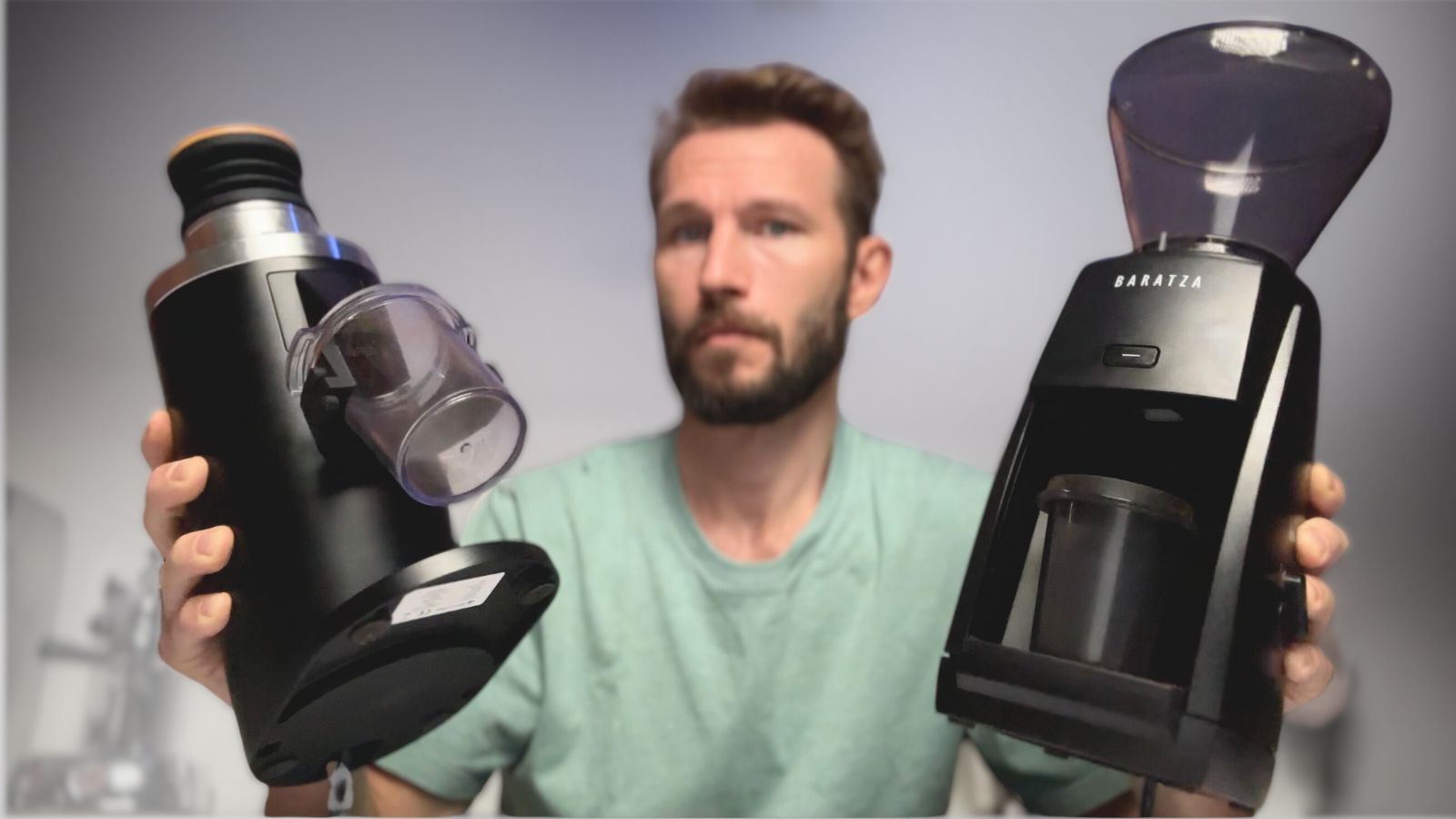
You’ve reviewed countless grinders and burrs for both travel and home use. What essential features do you look for in a travel grinder, and how does your setup differ from home? What are some key trade-offs when opting for a smaller, portable grinder?
For a travel grinder, I’ll almost always bring a hand grinder. Honestly, I don’t feel like there are many trade-offs. Unless I’m really, really pressed for space, I’ll just take my current favorite hand grinder or whichever one I’m reviewing at the time.
Whether it’s something bulkier like or a slightly smaller model, I don’t think a few hundred grams really make that much of a difference in the grand scheme of things.
That being said, if I’m only going away for one or two days and just carrying a small backpack, I might bring something like the 1Zpresso Q2 or the Kingrinder P2.
I don’t see myself bringing an electric grinder for any shorter trip, because hand grinders are so good nowadays. You’re getting about 90-95% of the quality you’d get from even the best electric flat burr grinders for home use.
It’s interesting to see how far we’ve come. Back in 2015, the market for hand grinders wasn’t as developed as it is today. You had options like the Orphan Espresso Lido 3, which was actually marketed as a travel grinder, but it was gigantic. You had to choose between something like that or a primitive Hario Slim or Porlex. What a dilemma. Glad I don’t have to face that today.
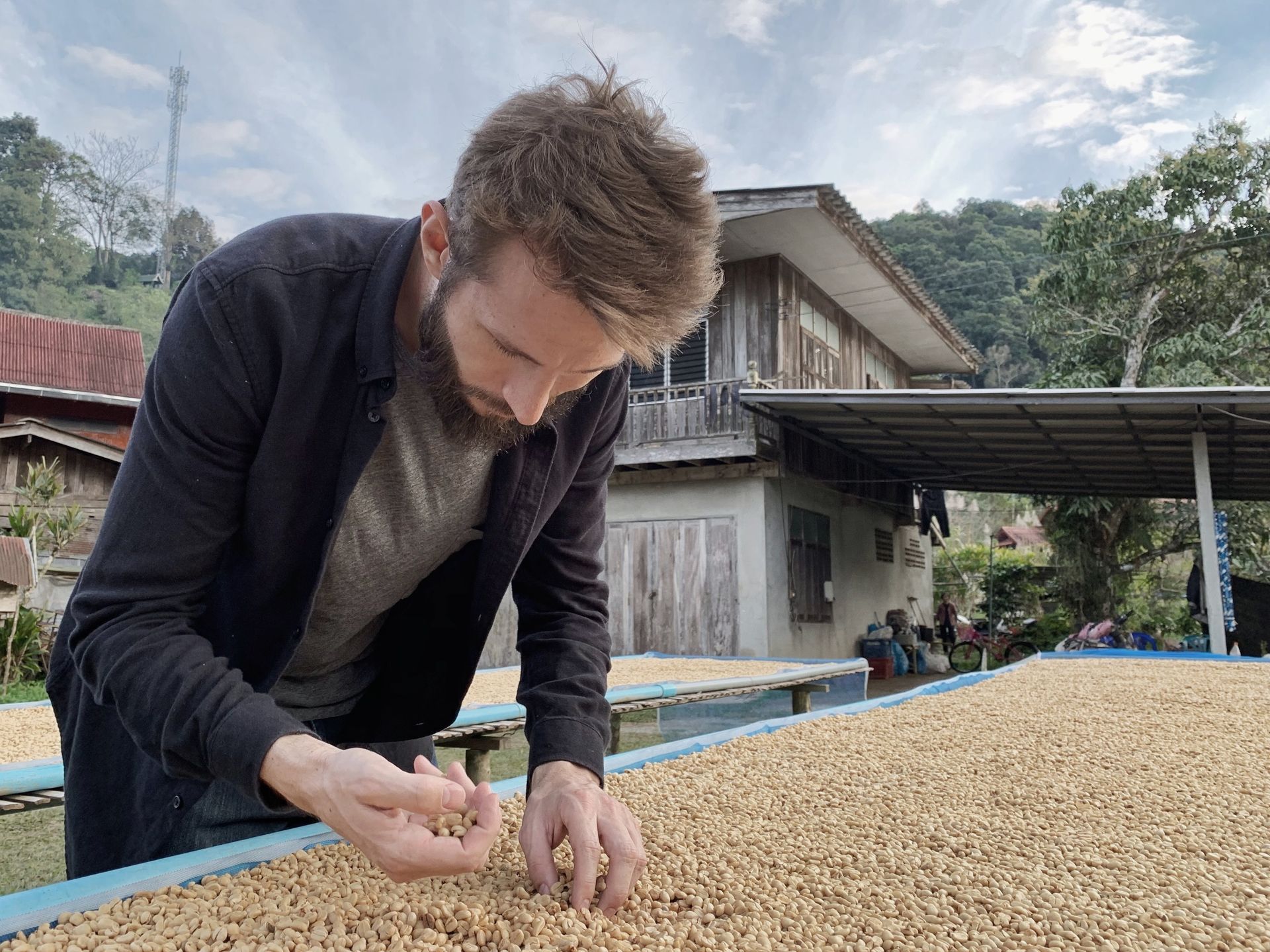
Speaking of travel, what are some of your favorite cities for vibrant, unique coffee scenes? Are there any unexpected cities that surprised you with their coffee culture?
Southeast Asia is probably the most interesting spot for specialty coffee right now. There’s so much passion around it, and many countries in the region are producing coffee too. You have this intersection of farmers and young people becoming baristas and roasters, which creates a fresh, vibrant scene. There’s not a lot of "old baggage" from traditional coffee culture, like you might find in Italy or Scandinavia.. That allows the new coffee culture to take off without being seen as competing with established traditions.
If you’re looking to experience amazing coffee while traveling, Thailand is a great destination. Even in small, out-of-the-way towns, you’ll find specialty coffee shops with a really high level of quality—think Kees van der Westen espresso machines or similar gear. Chiang Mai, for example, is a well-known hub with hundreds of specialty coffee shops, but even provincial towns will surprise you.
Malaysia, Vietnam, and Indonesia have a similar energy, with passionate coffee communities and great local scenes. And then there’s Taiwan, where the equipment industry is booming as well. The coffee tradition there is older and influenced by the Japanese Kissaten as well as high-end tea. You also have many cool equipment brands there, so you really have your hands full. Specialty coffee equipment is everywhere—you can even buy it at random 7-Elevens.
You can read our guide to Chiang Mai's coffee scene by clicking on the image below:
When exploring new destinations, how do you go about finding the best Third Wave coffee spots?
I probably do what most people do when looking for coffee, which is searching Google Maps for some permutation of “specialty coffee” or “coffee roaster.” I might also ask around—whether it’s people I know in the area or baristas at the coffee shops I happen to visit.
But honestly, in most big cities today, you’ll usually find a handful of great specialty coffee shops, so you’re probably covered with just a quick bit of research.
Don't get me wrong - while it's cool to visit minimalist specialty coffee shops with sleek bars, EK43s, and La Marzoccos, many of those shops could be anywhere in the world. Spots where the owner is behind the bar or at least has a strong vision tend to be more fun and interesting, so I try to look for signs of that.
I also love visiting coffee farms when traveling to new countries. That's where you often have the most unexpected and cool experiences. These trips will certainly take you out of your comfort zone as you visit nature and small villages. A self-organized coffee origin trip is almost always a guarantee for everything you'd want from a coffee-focused journey.
Follow Asser on all his social media channels below:
Any affiliate links are at no extra cost to the reader, and help to cover the costs of hosting and publishing this website.
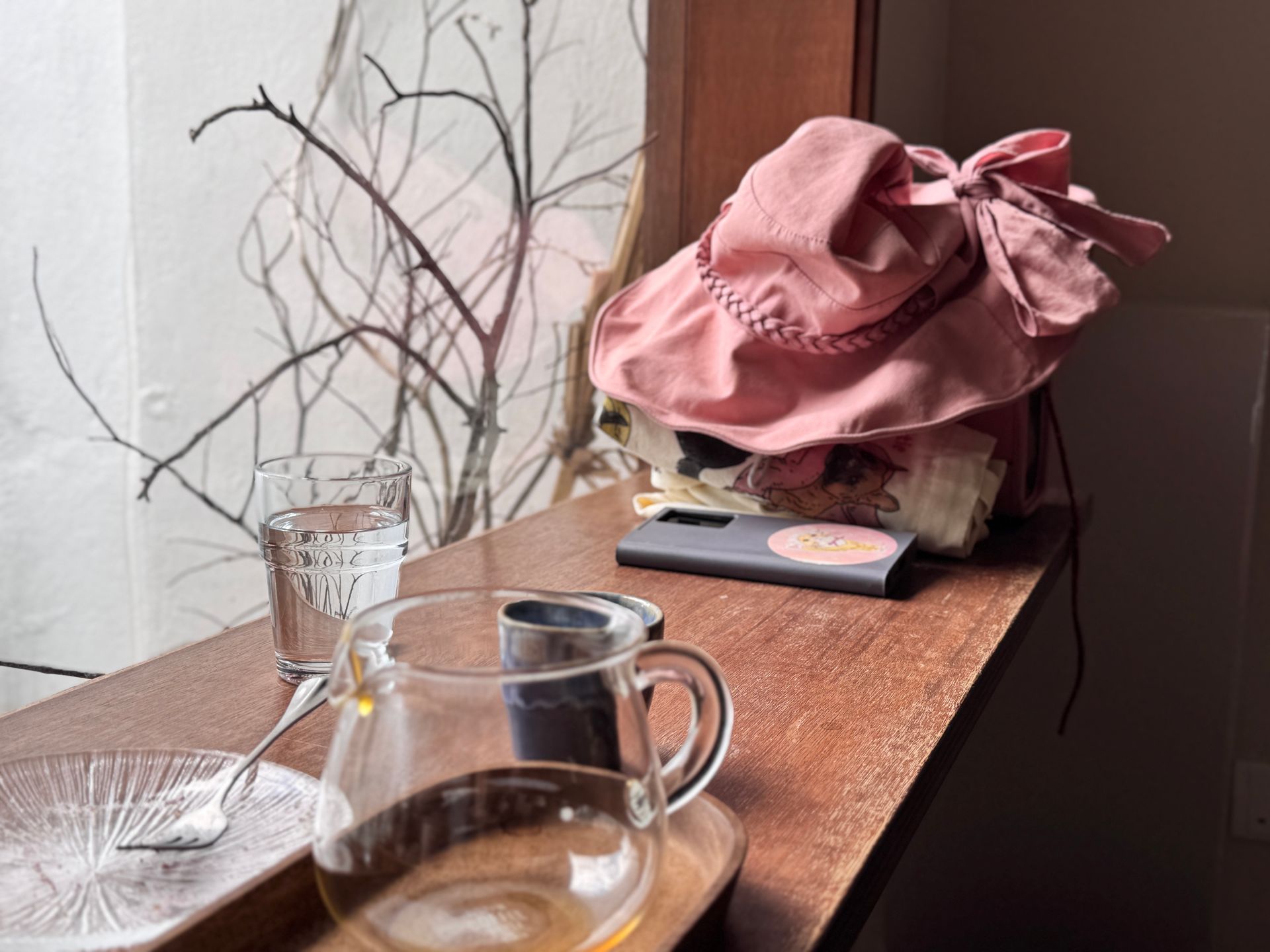
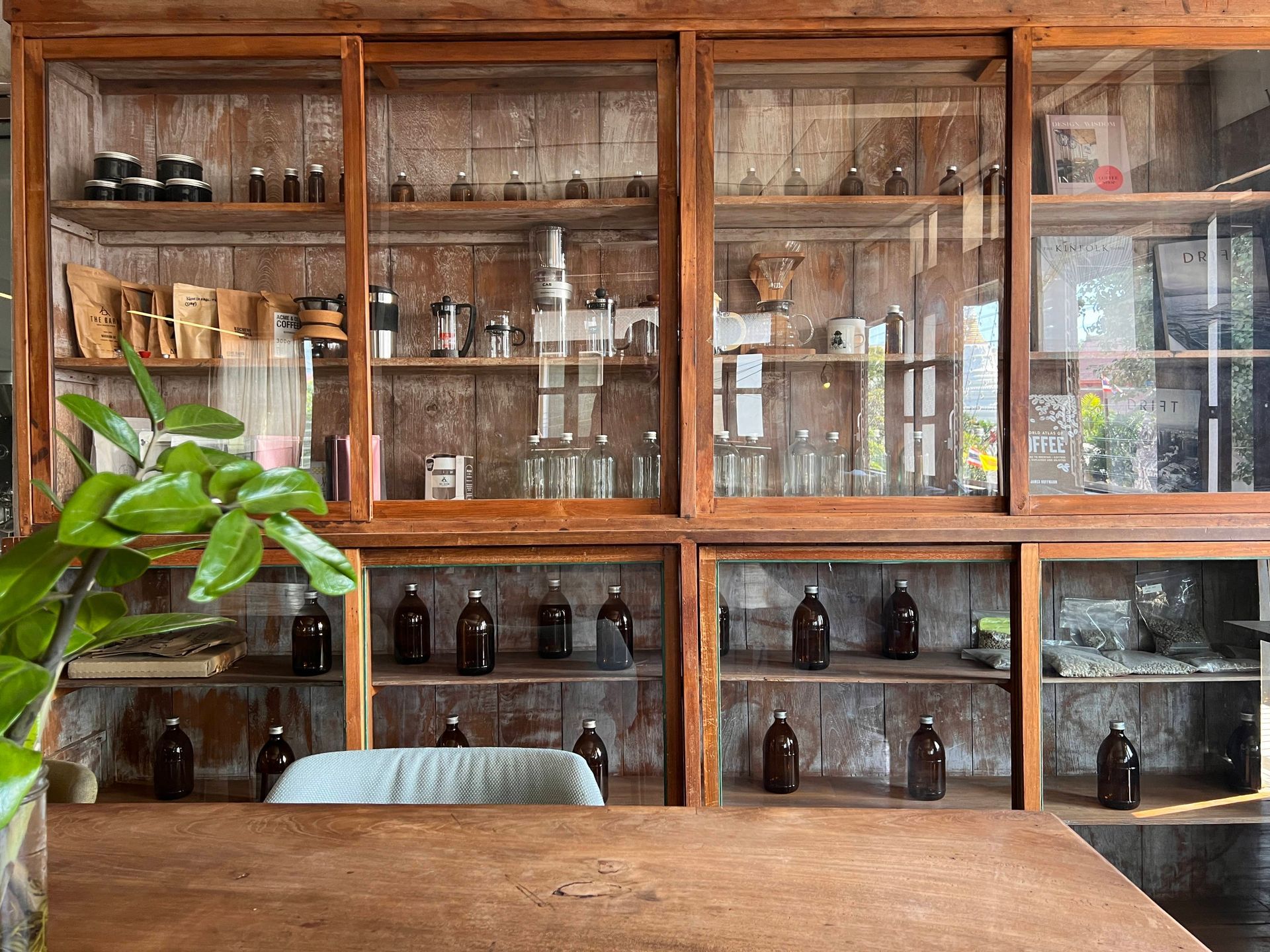
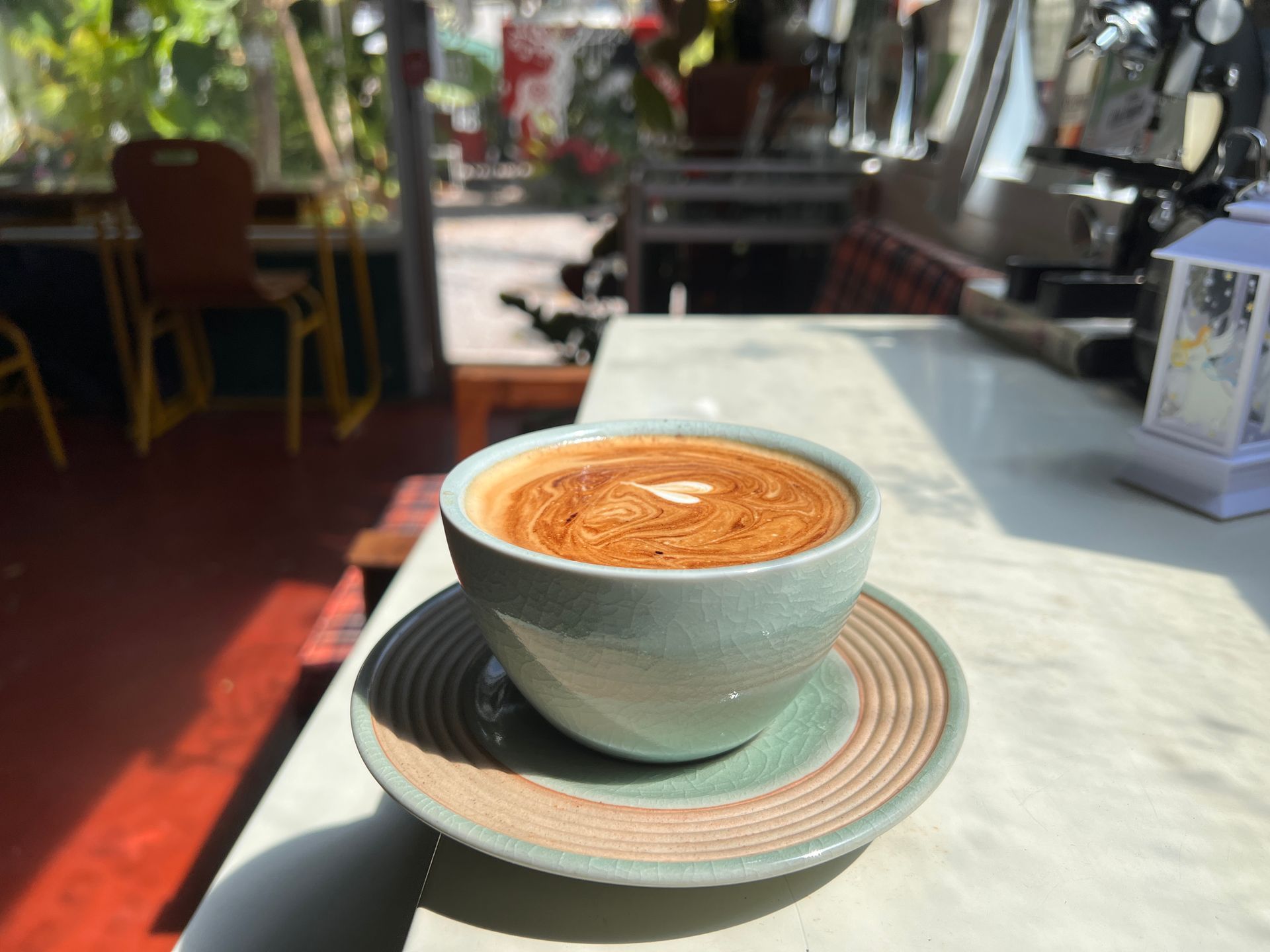
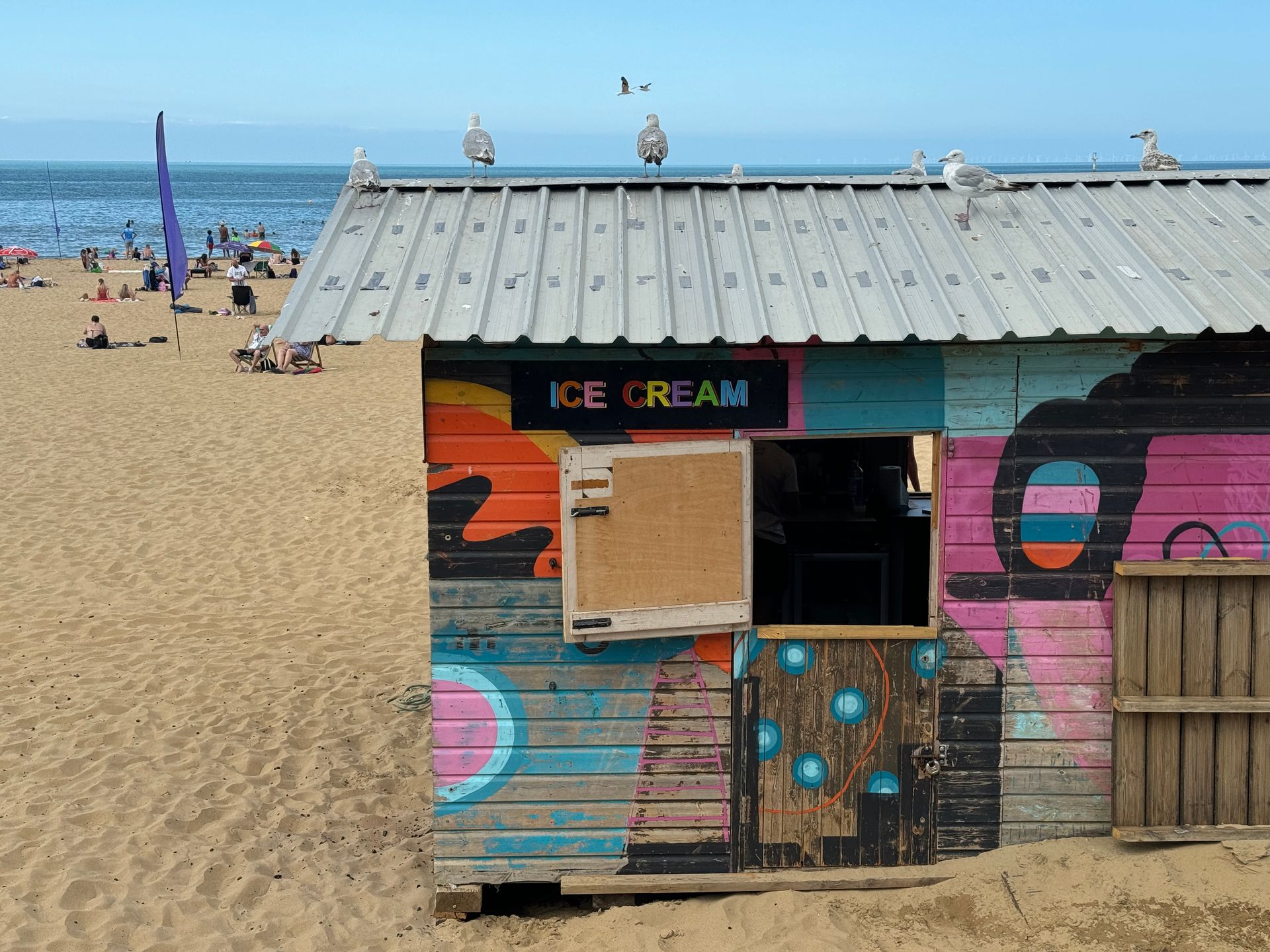

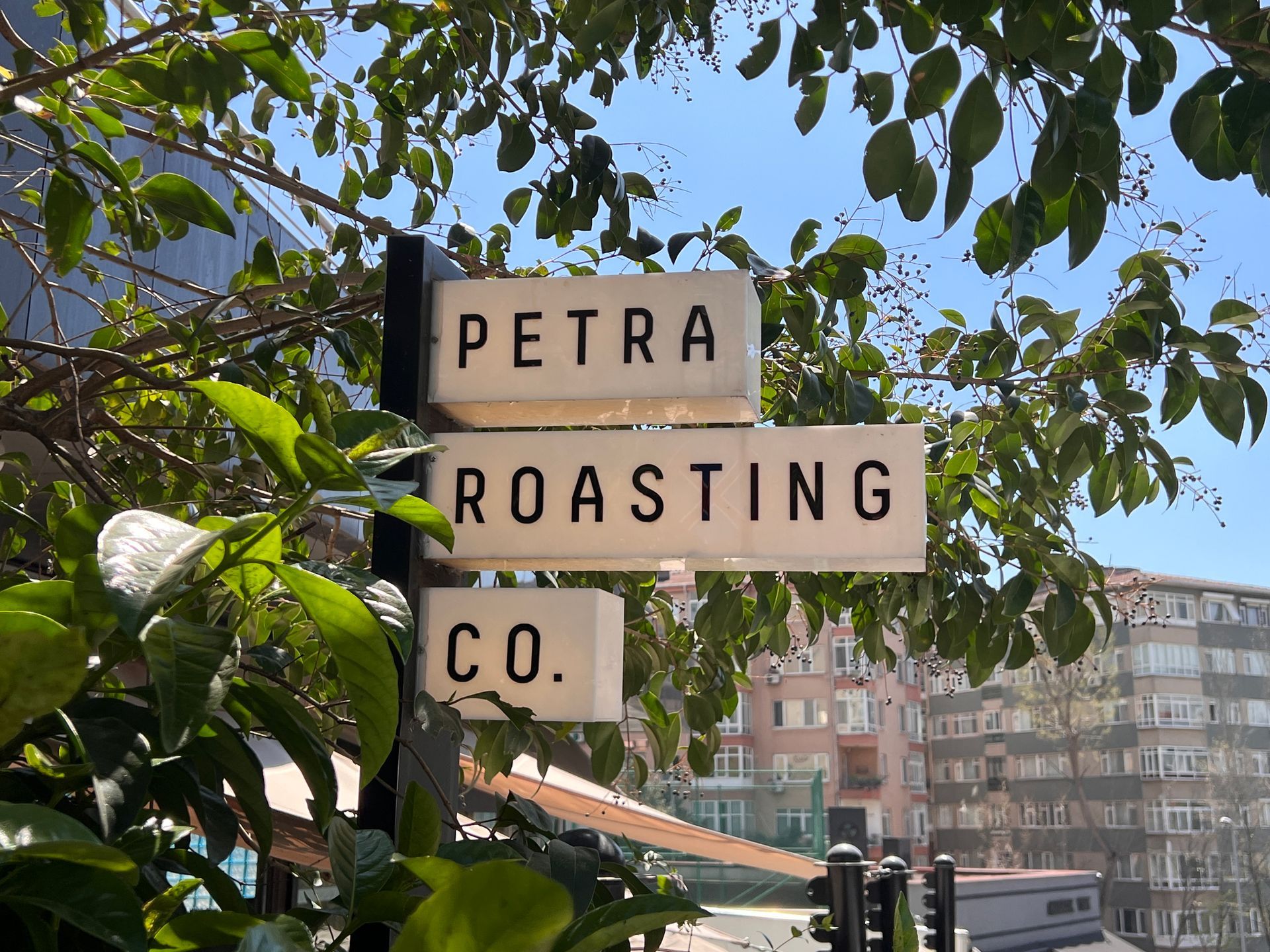
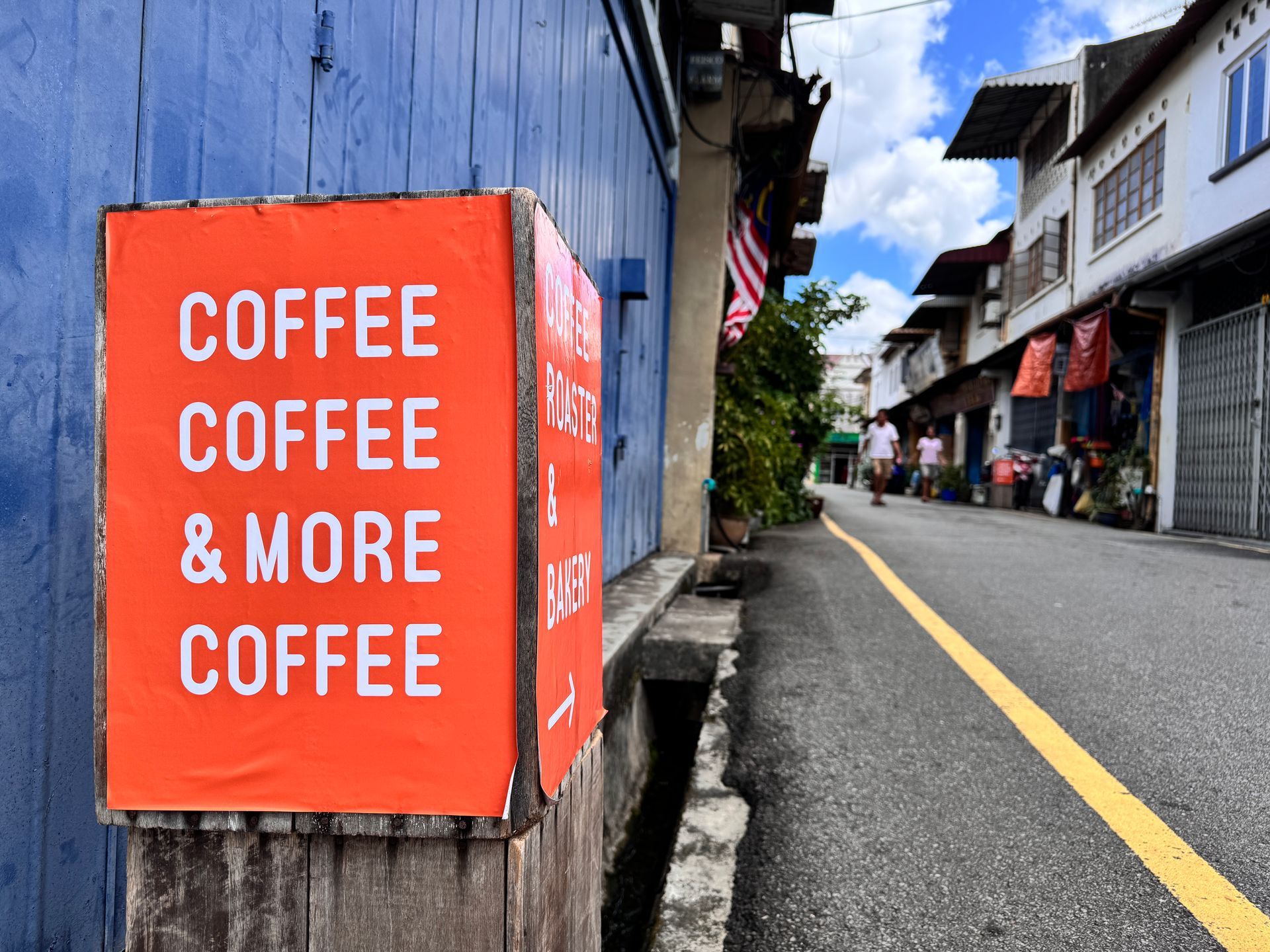
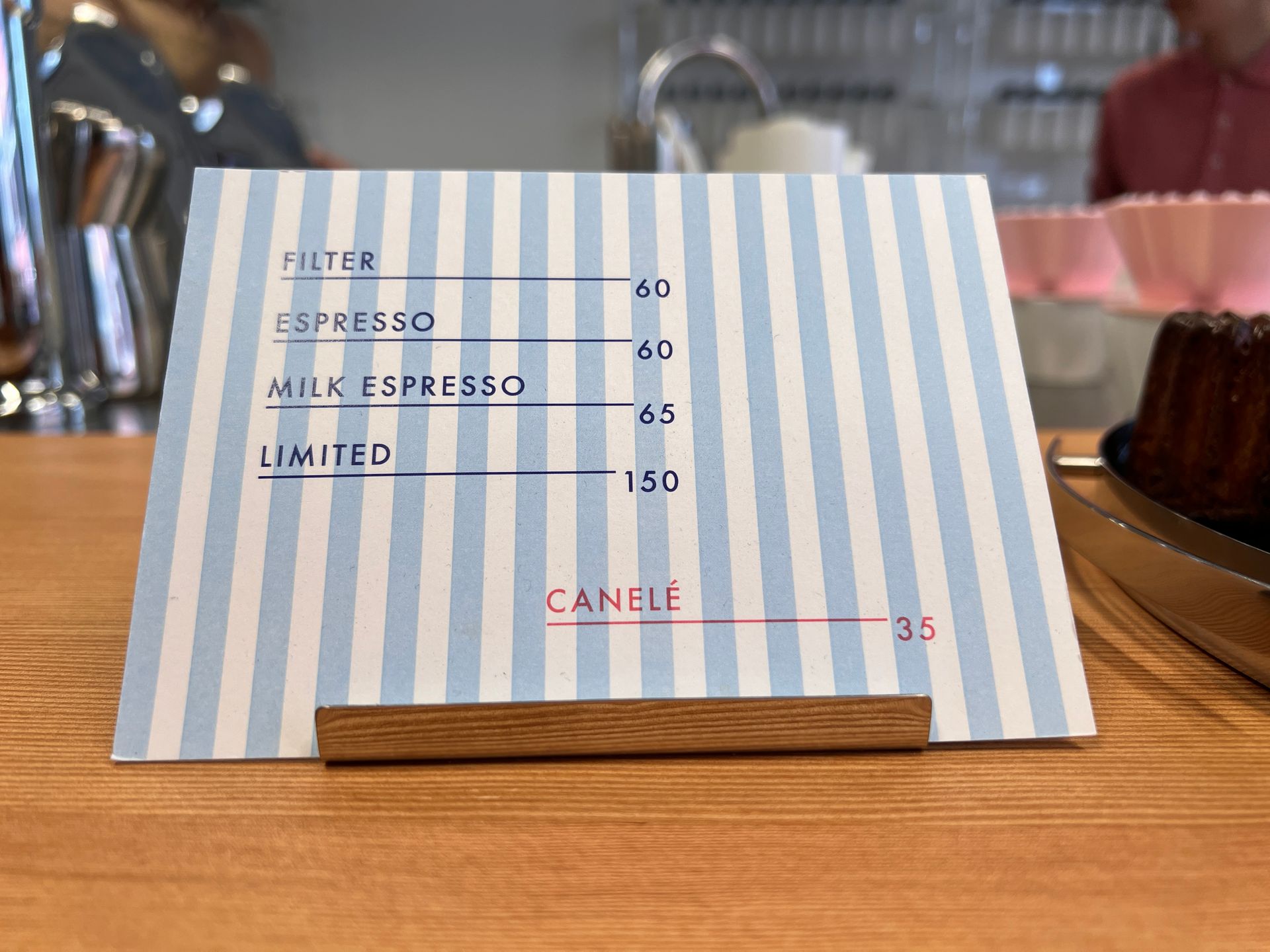
ALL CONTENT ON THIS WEBSITE IS ORIGINAL AND CREATED BY THE MOUTH'S WRITERS AND CONTRIBUTORS. ALL RIGHTS RESERVED.




